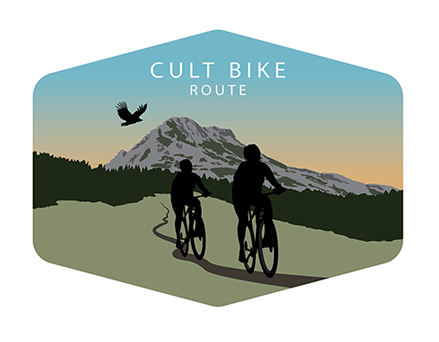Monastery Morača

History
The monastery church of the Assumption of the Mother of God was built by Stefan, son of Vukanov, in 1252, as evidenced by the carved inscription in church. At the beginning of the 16th century, the Ottomans ravaged the Monastery. Abbot Tama and Prince Vučić Vučetić from Rovac restored it in 1574. In the midst of Turkish rule, the monastery was a significant political and cultural-educational center, especially in the 19th century.1
Cultural site details
The Morača Monastery consists of the central church of the Assumption of the Mother of God, the small church of St. Nikola from the 17th century, and the konak buildings, which together with the fence wall form a unique complex. The Church of the Mother of God is a single-nave domed building with characteristic side choirs, of the Raska type. Next to the spacious narthex is the chapel of St. Stephen on the north side. The material is small squares of whitewash, covered with plaster. In the exterior decoration of facades, portals, windows and in the appearance of a series of blind arcades, under the roof cornice, the presence of Romanesque is noticeable. The deacon's icon is a fragmentarily preserved original fresco, of high artistic value, with scenes from the life of the prophet Elijah. In the restoration from the 16th century, the church was painted again. The interior is complemented by authentic furniture, inserted royal doors and the Virgin's point.2 The church is plastered, which differs in many ways from some coastal churches in Montenegro and is built of yellow stone. A stream passes through the yard of the monastery, which then descends through the rocks and forms the miraculous waterfall Svetigora, which flows into Morača. Probably the most beautiful architectural detail in the monastery is the double doors at the entrance to the middle temple, which are partly made of ivory.
Moraca Monastery is a spiritual, historical and cultural treasure. In addition to architecture, a special attraction of the Morača monastery is its frescoes. The fresco "Raven feeds the prophet Elijah", created in the 13th century, is the oldest and most famous fresco of the Morača monastery. At the 1952 World's Fair in Paris, she won second place, and the famous Pablo Picasso included it in the masterpiece of world art.
